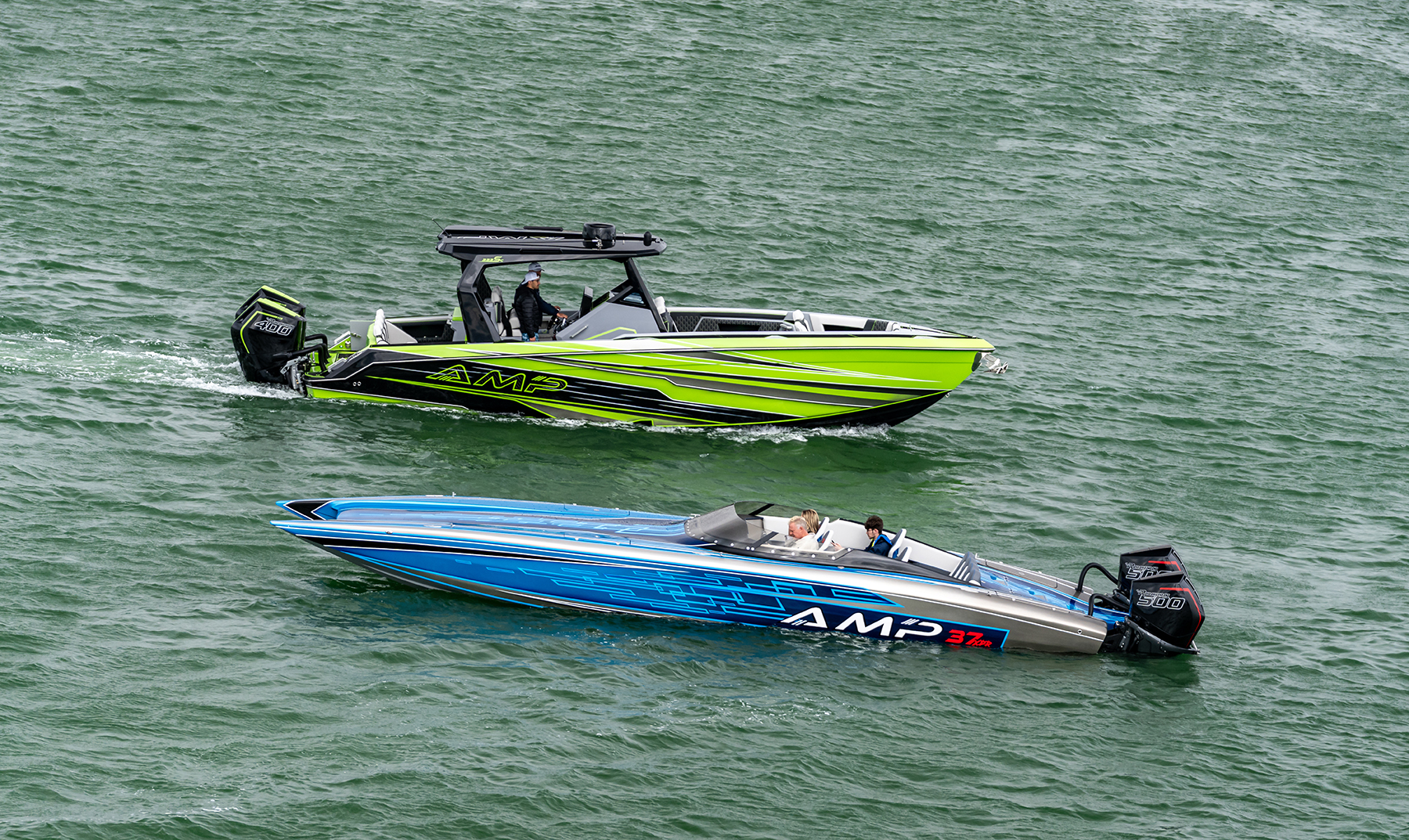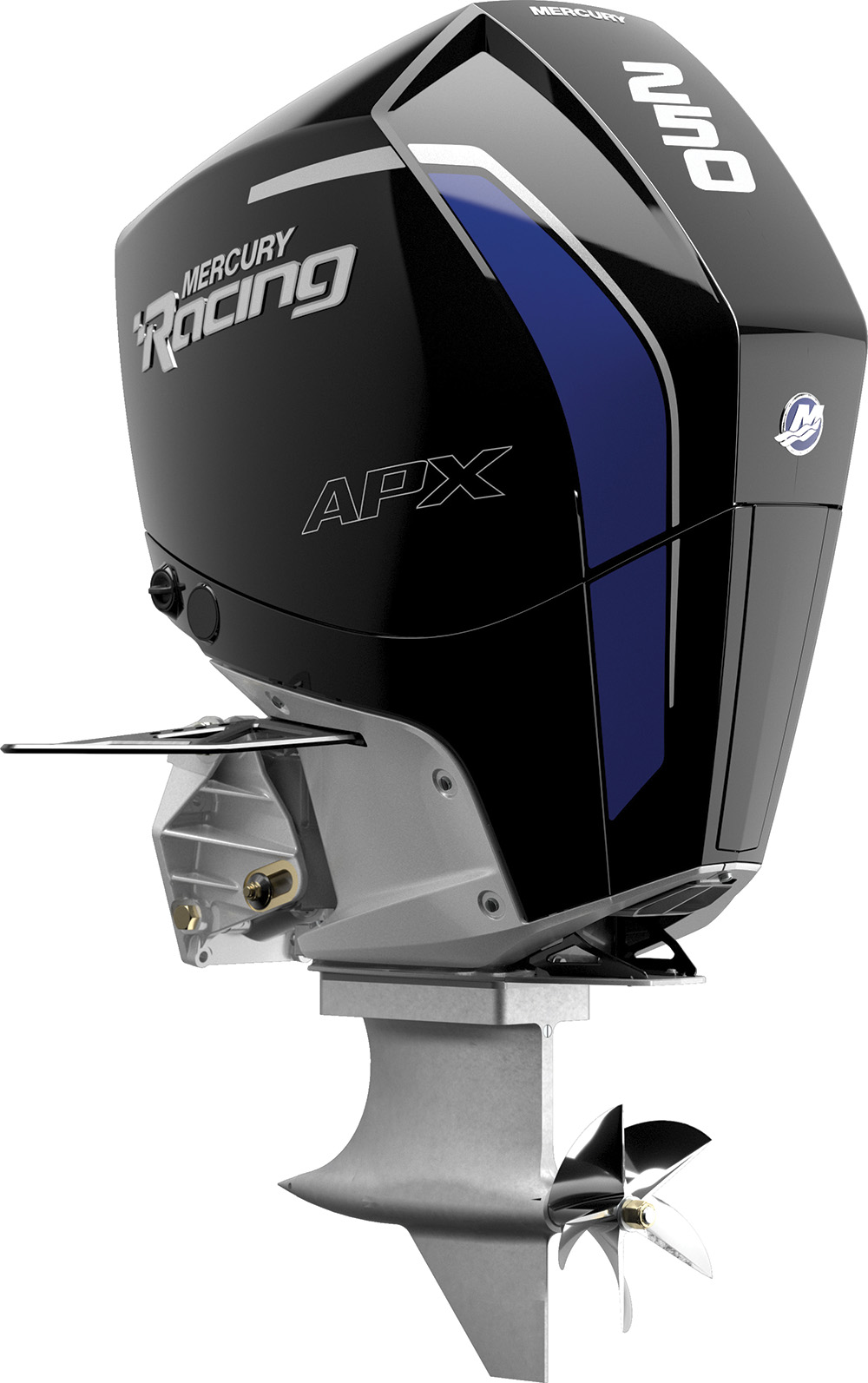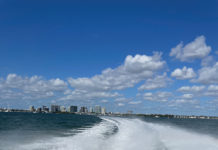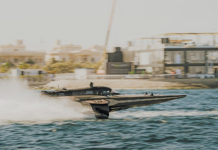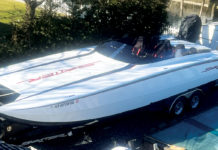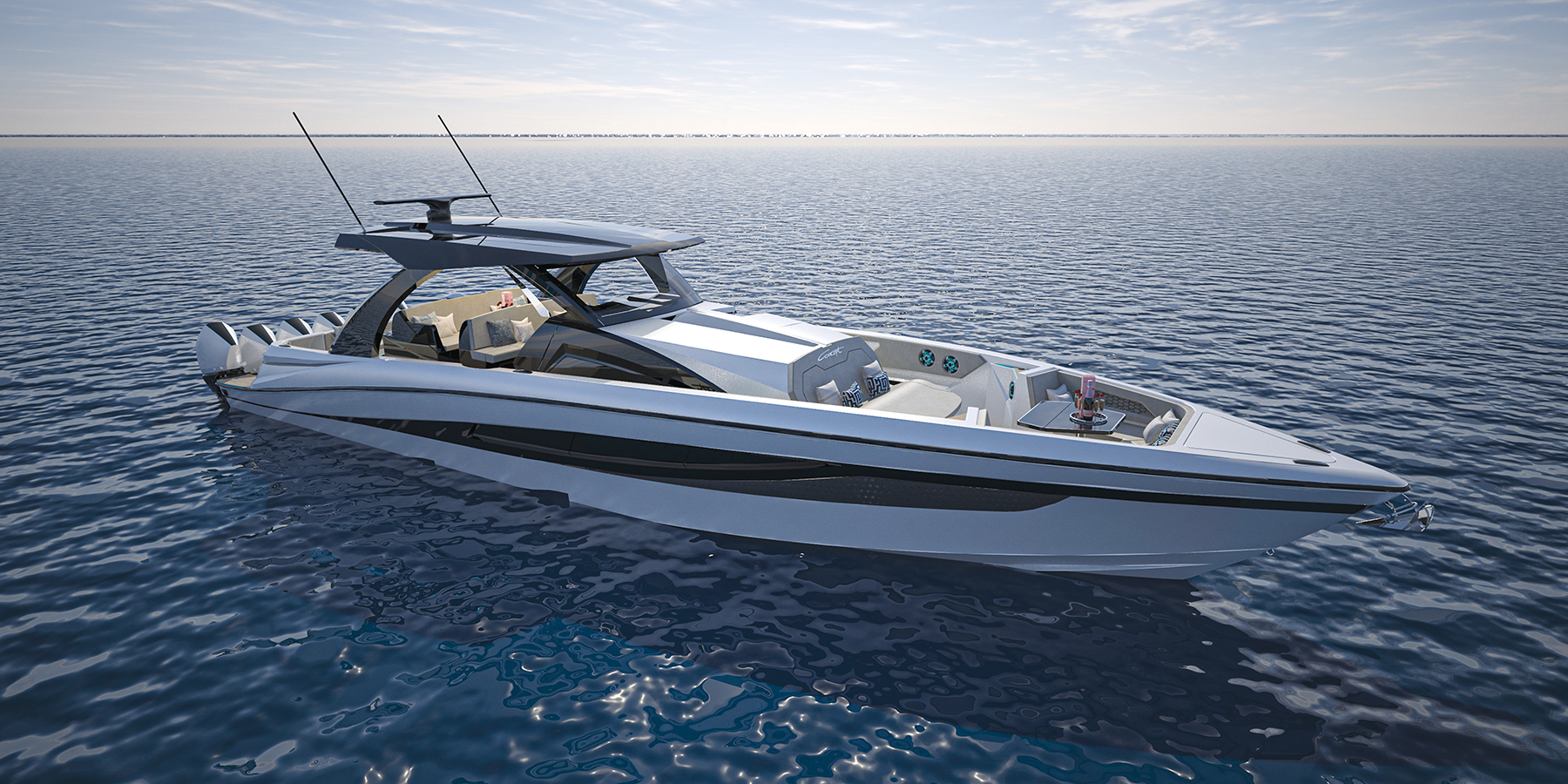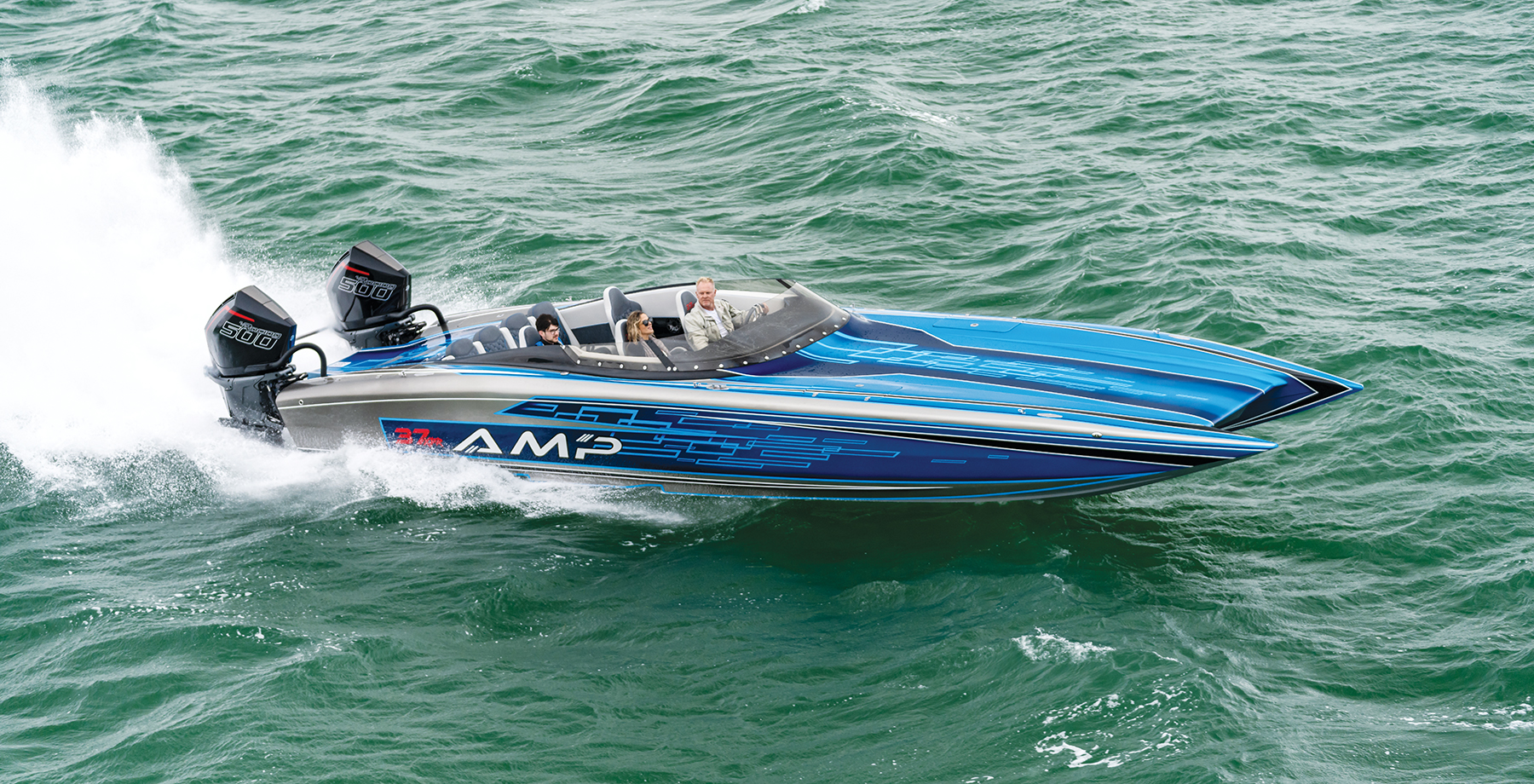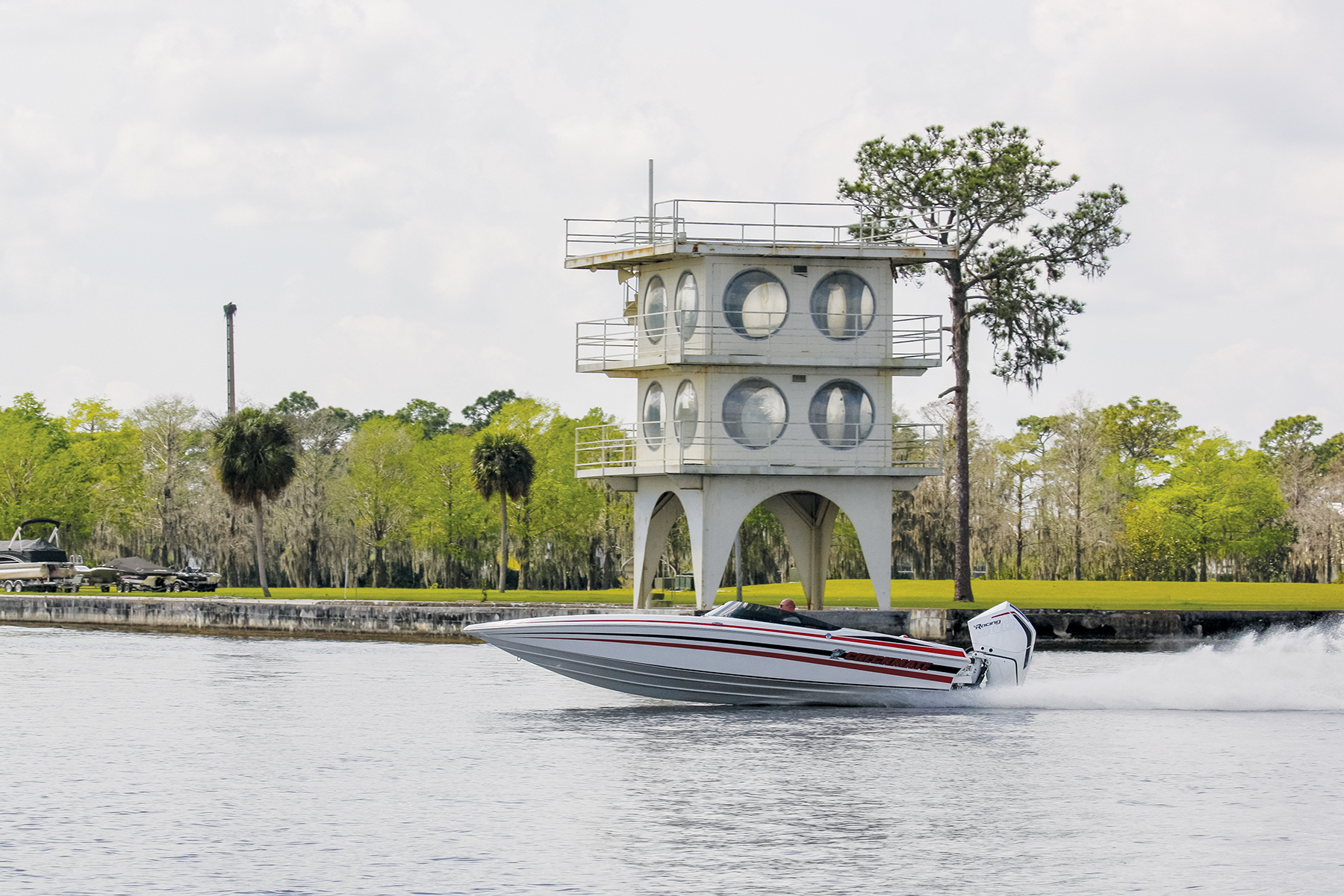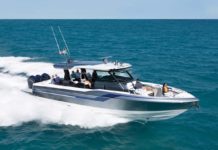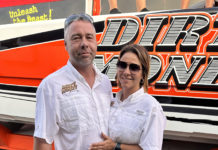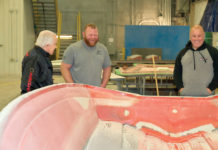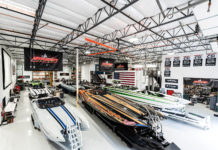Image above courtesy of Freeze Frame Video
At the Lake Erie Poker Run, the fleet encountered some pretty rough water. Social media was abuzz with photos of boats getting big air and making even bigger splashes when they landed.
Of course, with those photos came a variety of comments on how the drivers should have been running their boats. Most were of the mindset that if a driver owned a high-performance offshore boat like a Cigarette, Apache, Outerlimits, Fountain, Hustler, etc., that the driver should be able to “get the boat up on top” of the waves and fly from crest to crest.
Since it’s still early in the season and there will more than likely be some more rough poker runs on the Great Lakes this year, we saw this as an opportunity to talk to Tres Martin, owner of Tres Martin’s Performance Boat School (www.performanceboatschool.com), and a former offshore powerboat racer, about the best ways to handle boating in rough water.
“Manage the boat, manage the sea conditions,” said Martin. “Your occupants are the cargo you’re taking from one place to the other and you don’t want to damage your cargo.”
He explained that while many operators may feel as if they are in control when they are running “on top” of the waves, eventually Mother Nature is going to win, especially on the Great Lakes. The ocean has more predictable wave patterns, but lakes are much trickier.
Look at a high-performance offshore boat. Regardless of the brand, it has a super-sharp entry at the bow because it is designed to carve through the waves, not be raised out of the water so that the shallower aft section of the running surface pounds down on the waves. This is what causes stress cracks, stringer fractures and sore backs and knees.
“You go out in that stuff, you need to maintain somewhere around 50 mph and that means the drives are tucked and the tabs are down,” Martin explained. “Keep it low and go, that’s my motto.” The boat is designed to absorb the waves for you if you use it right. If the boat bow-steers, trim up the drives a little, but you still want the bow to cut through the waves.
Recently, Martin was out on Lake Michigan with a Performance Boat School customer in the gentleman’s Cigarette 39’ Top Gun powered by Mercury Racing HP700 SCis. “It was rough and when I got the guy to get the boat set with the proper attitude, I could stand between the bolsters, take out my phone and shoot some video,” Martin said. “A guy that would run a boat pretty good would mean that a person could stand in between the bolsters and stand there and hover.”
When the comes to “throttling,” Martin said to remove the term from your vocabulary. “It’s not throttling, but constant power adjustments, subtle changes,” he said. “See the water conditions coming, take power out and use settings to keep boat flat in the water.” This is especially true with stepped hulls that are designed to not need as much positive trim.
The best indicator of how a given driver is running a boat is the other people on board. “An experienced passenger will telegraph to you how you are running the boat,” he said. “If or she is white knuckled and totally braced for impact, you’re doing a terrible job.”


